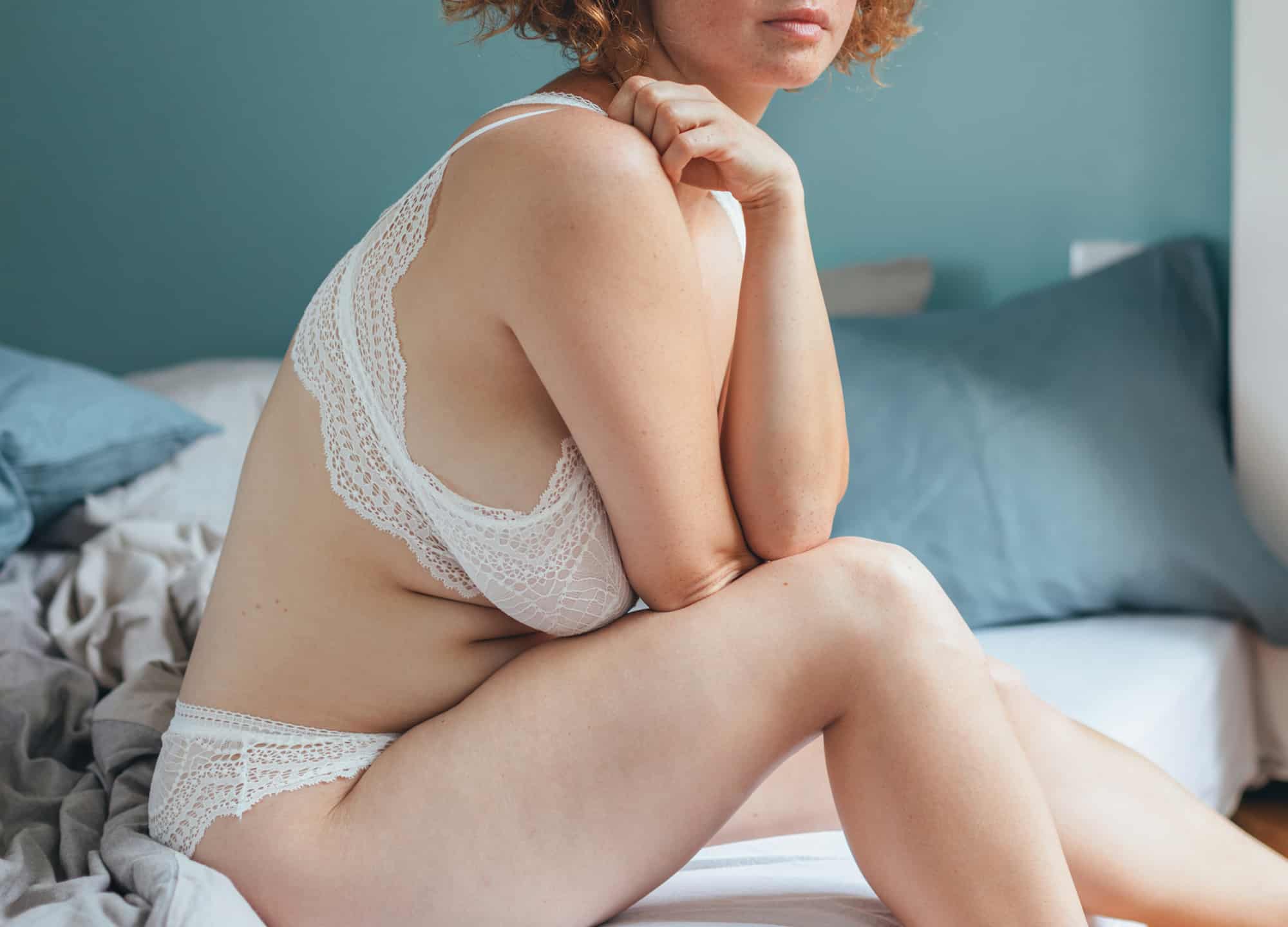CoolSculpting is generally considered a rather low-risk procedure—the U.S. Food & Drug Association (FDA) regards the nonsurgical treatment as a safe and effective method for fat reduction. But just because complications are rare doesn’t mean they’re impossible, and one New York City woman learned this lesson the hard way. Liana Silverstein claims that she developed second- and third-degree burns and blisters across her stomach after getting the fat-freezing treatment on her abdomen in 2017. She sued CoolSculpting and her providers at the Laser and Skin Surgery Center of New York.
According to Silverstein, the cryolipolysis procedure—which freezes and kills fat cells, for a slimming effect—ended with ice packs being applied to the treated area. Soon after, large blisters began to appear on Silverstein’s stomach area.
The complaint, against CoolSculpting states that the company should have warned patients and doctors of the risks of using the device. It also alleges that CoolSculpting failed to inform doctors and the public that skin should not come into direct contact with ice after the procedure. Additionally, the claim states that CoolSculpting “underreported, underestimated, and downplayed the serious danger of [the] device.”
“We stand behind the safety and efficacy of the CoolSculpting system, and strive to provide best-in-class training for CoolSculpting providers. However, as this is part of an ongoing litigation, we are unable to provide further comment at this time,” says a representative from Allergan, the company that owns CoolSculpting.
While this incident is scary, doctors say such complications are rare when proper aftercare protocols are taken. “Clinical trials have shown CoolSculpting to be safe and effective in reducing fat in treated areas,” says Mount Pleasant, South Carolina, board-certified dermatologist Dr. Marguerite Germain. “The system also comes with a safety feature called Freeze [Detection], which monitors tissue during cooling and stops treatment when a possible freeze condition is suspected.”
But even for a generally safe procedure like CoolSculpting, proper care is still vital for ensuring successful outcomes. Here, we break down the important dos and don’ts of the treatment:
Related: CoolSculpting vs. Emsculpt: What’s The Difference?
Tip #1: Never apply ice packs to the treated area
After learning about Silverstein’s case, it should go without saying that using ice packs on an area that’s just been treated with CoolSculpting is a huge no-no. “Applying ice to the area is not part of the post-treatment protocol, and I have never used it post-treatment in my practice, nor have I heard of it being utilized in other practices,” says Dr. Germain. Placing ice on an area that’s just been exposed to low temperatures—like those during a CoolSculpting treatment—can damage the skin and increase the risk of frostbite. Additionally, skin can be numb post-procedure, so patients who apply ice may not feel discomfort right away from the cold temperature and unknowingly hurt themselves.
Tip #2: Make sure your doctor massages the area
Studies have shown greater fat reduction from CoolSculpting with the addition of a vigorous massage performed for at least two minutes immediately after treatment, so this step is crucial for patients. “Post-procedure, the treatment area is massaged manually or mechanically with the Zimmer Z Wave device, to stimulate blood flow to the area,” says board-certified dermatologist in Houston Dr. Paul Friedman. It is thought that this process acts as an additional mechanism of damage to destroy more fat cells and helps break up the frozen fat so it can be excreted from the body at a faster rate. “Patients may feel a [trace] of nausea as the body naturally warms and sensation returns to the treatment area [during massage],” Dr. Friedman warns. “This is a normal reaction that typically resolves within minutes.”
Tip #3: Speak up about discomfort
With any procedure, there are potential risks and complications, so it’s important to make your doctor aware of any discomfort you’re feeling in order to minimize the risk of post-procedure damage. “Common side effects are temporary tingling, numbness, redness, and swelling,” says Dr. Friedman. But if there is any pain that feels too intense or lasts more than a few days, alert your provider so they can assess if what you’re feeling is normal. It’s always better to be safe than sorry.
Tip #4: Take medication—but not before the treatment
While it’s possible to feel a bit of pain from the numbness caused by the cooling sensations created during the procedure, doctors don’t endorse taking pain medications pre-treatment. “I may recommend over-the-counter pain medications for pain or swelling if needed after treatment. However, pain relievers shouldn’t be taken before treatment, because this may increase side effects, like bruising,” says Dr. Germain.











